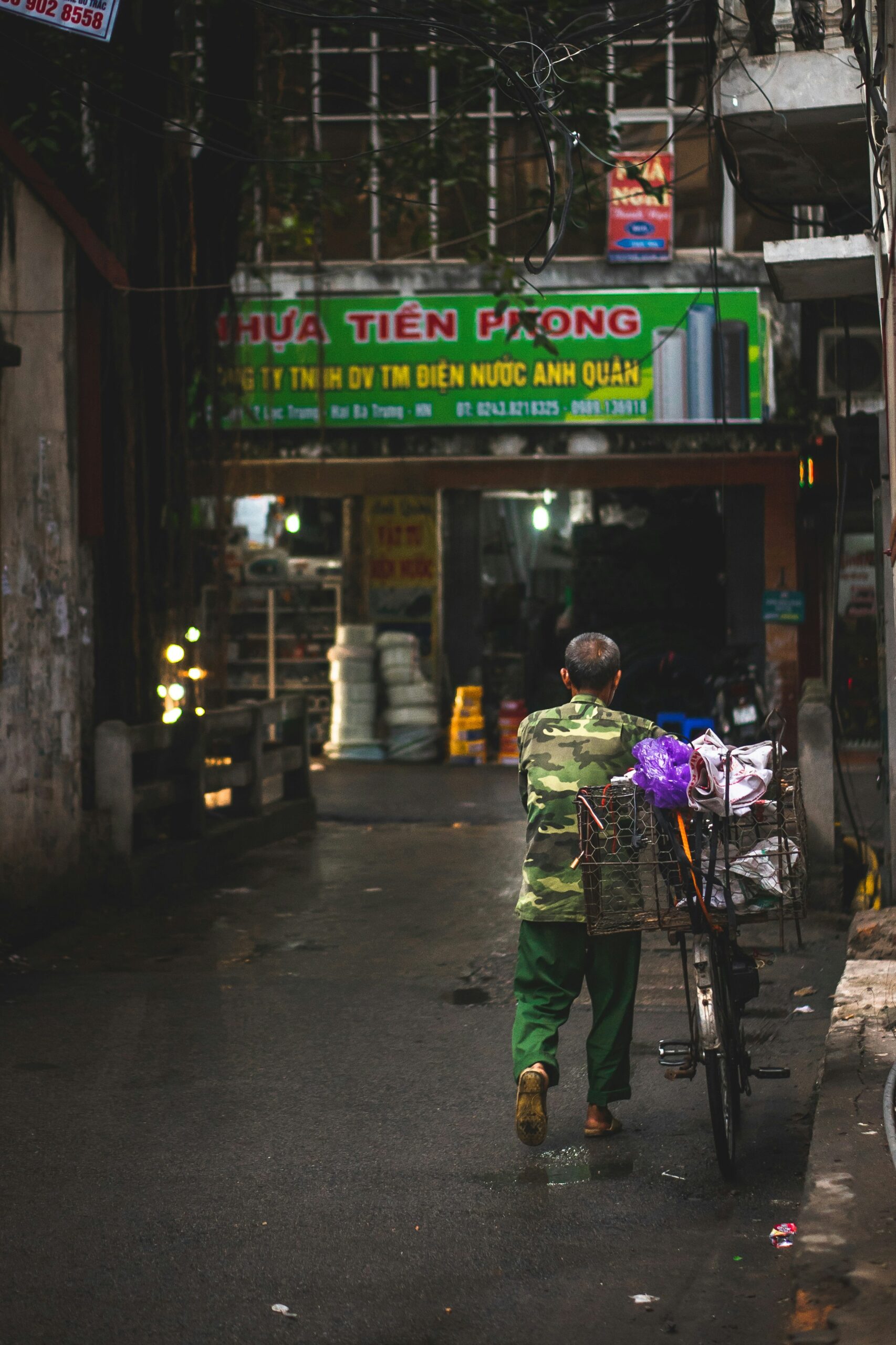Have you ever wondered if wearing camouflage gear can really protect you from wildlife attacks? When you’re out in the wild, every precaution counts. You might already be familiar with some safety measures, but how effective is camouflage at keeping wildlife at bay?
What is Camouflage Gear?
Camouflage gear is specialized clothing and equipment designed to help you blend into your surroundings. Its primary purpose is to make you less noticeable by mimicking the natural environment. Soldiers, hunters, and wildlife photographers commonly use it. But its usefulness extends beyond human use to every situation where blending in can be advantageous.
How Does Camouflage Work?
Camouflage works by creating patterns and colors that resemble the natural habitat, making it challenging for other beings to distinguish you from the surroundings. The basic idea is to break up the outline of your body to make it blend seamlessly with the environment.
| Type of Camouflage | Description |
|---|---|
| Visual Camouflage | Uses colors and patterns to blend in. |
| Auditory Camouflage | Reduces noise to make you less noticeable. |
| Olfactory Camouflage | Masks your scent to be less detectable by animals. |
The Science Behind Camouflage Gear
The effectiveness of camouflage gear is grounded in several scientific principles, primarily revolving around the optical illusion of blending in.
Visual Perception
Animals and humans perceive their environment in distinct patterns and colors. Camouflage uses patterns that confuse the observer’s vision, making it hard for them to spot the camouflaged object.
Disruption Patterns
Many camouflage designs use disruptive patterns to break up the outline of the human body. The irregular patterns and splotches make it difficult for a predator (or another observer) to identify the shape as a potential prey.
Color Matching
Camouflage often uses colors found in the natural surroundings, such as greens, browns, and tans in forested areas, or whites and greys in snowy regions. This color matching helps you blend into the background more effectively.

Wildlife Attacks: A Real Threat
While enjoying your time in the great outdoors, the risk of a wildlife attack is real, albeit rare. Wildlife like bears, wolves, mountain lions, and even certain types of birds can sometimes be a threat.
Common Wildlife Threats
| Animal | Typical Behavior | Reason for Attack |
|---|---|---|
| Bears | Usually avoid humans but can be territorial. | Food, territory, surprise encounters. |
| Wolves | Shy around humans but may attack if cornered. | Defense of their pack and territory. |
| Mountain Lions | Generally elusive but sometimes stalk humans. | Mistaken identity as prey, territory invasion. |
| Birds of Prey | Defensive but usually not aggressive. | Protection of nests and young ones. |
Why Do These Attacks Happen?
Animal attacks usually occur for one of three reasons: self-defense, protection of young, or food. Understanding the animal’s behavior and territory is crucial to mitigating these risks. Sometimes, the mere act of being spotted or detected can trigger an attack.
How Effective is Camouflage Gear Against Wildlife?
This is the core question: can camouflage gear genuinely provide a defense against wildlife attacks? The answer is complex and depends on various factors such as the type of animal, the environment, and how you use the camouflage.
Reducing Visual Detection
Camouflage gear can significantly reduce the likelihood of being spotted. Since many animals rely on sight to detect threats or prey, blending into the environment can make it difficult for them to notice you.
Misdirection
Disruptive patterns in camouflage can cause ‘misdirection,’ leading animals to mistake you for part of the natural landscape. This could potentially lower the chances of an attack triggered by visual identification.
Immobility and Silence
For camouflage to be most effective, you also need to keep still and minimize noise. Many animals have acute hearing and can detect unusual sounds even if visually camouflaged.

Case Studies and Expert Opinions
Analyzing real-life scenarios where camouflage gear played a role in wildlife interactions can offer valuable insights.
Case Study 1: Hunters in Bear Territory
A study exploring hunting incidents in bear territories showed that those wearing camouflage gear had fewer close encounters. Though it’s unclear if the camouflage entirely prevented detection, the lowered attack rates suggest it played a part.
Case Study 2: Wildlife Photographers
Many wildlife photographers have stories of how effective camouflage aided them in capturing stunning images without disturbing the animals. Their reports suggest that well-designed gear helps in remaining undetected, thus providing a layer of protection.
Experts Weigh In
Experts in wildlife behavior suggest that while camouflage gear is helpful, it shouldn’t be solely relied upon for protection. Other measures, such as observing wildlife behavior and using scent masking techniques, are equally important.
Combining Camouflage with Other Safety Measures
Camouflage gear alone may not be foolproof. Combining it with other safety measures can offer a more comprehensive defense against wildlife attacks.
Using Scent Masking
Many animals have a keen sense of smell. Using products that mask human scent can make your camouflage efforts more effective.
Making Noise
While staying silent is often recommended, making noise can sometimes deter animals. For example, in bear territory, talking loudly or clapping can alert bears to your presence, reducing the chances of a surprise encounter.
Carrying Deterrents
Having bear spray, noise makers, or other deterrents can provide an additional layer of safety. These tools can help in situations where camouflage alone might not be enough.

Practical Tips for Using Camouflage Gear
So how do you make the most out of your camouflage gear? Here are some practical tips to ensure you’re as protected as possible.
Choosing the Right Gear
Select gear that matches the environment you’ll be in. Dense forests require different patterns from open plains or snowy areas.
Full Body Coverage
Ensure that all exposed areas, including hands and face, are also camouflaged. Gloves, face paint, or masks can help achieve this.
Staying Still
Camouflage is most effective when you minimize movement. Animals are quick to detect motion, even if they can’t see you clearly.
Limitations of Camouflage Gear
While camouflage gear offers numerous benefits, it’s crucial to be aware of its limitations.
Not Foolproof
Camouflage gear can reduce the chances of being seen but doesn’t guarantee complete invisibility. Animals have other senses like smell and hearing that can still detect you.
Requires Knowledge and Skill
Successfully using camouflage involves more than just wearing the gear. Understanding animal behavior, terrain, and how to stay still and quiet plays a significant role.
Environmental Factors
Weather conditions like rain or strong winds can impact the effectiveness of your camouflage gear. Wet or dirt-covered gear can lose its camouflaging efficiency.
Frequently Asked Questions
Want more clarity? Here are answers to some frequently asked questions about the effectiveness of camouflage gear.
Does Camouflage Prevent All Wildlife Attacks?
No, while it reduces the likelihood, it doesn’t eliminate the risk entirely. Other safety measures should always be in place.
Can Camouflage Gear be Used in All Environments?
Different environments require different types of camouflage. Ensure your gear is suited to the specific habitat you are in.
Is Scent Control Necessary?
Yes, many animals rely more on their sense of smell than sight. Combining scent control with camouflage can make your efforts more effective.
Do I Need Expensive Gear?
While high-end camouflage gear often offers superior performance, even budget options can be effective when used correctly.
Conclusion: To Camouflage or Not?
So, can camouflage gear protect against wildlife attacks? The answer lies in its strategic use, backed by understanding and other precautionary measures. While it increases your chances of staying undetected, it shouldn’t be your only line of defense. Equip yourself with the right gear, knowledge, and additional safety tools to make the most of your outdoor adventures.
Understanding the nuances of how camouflage works, and coupling it with other defensive strategies, can significantly enhance your safety in wildlife-rich environments. Whether you’re a hunter, hiker, or wildlife photographer, the right approach can make all the difference.

